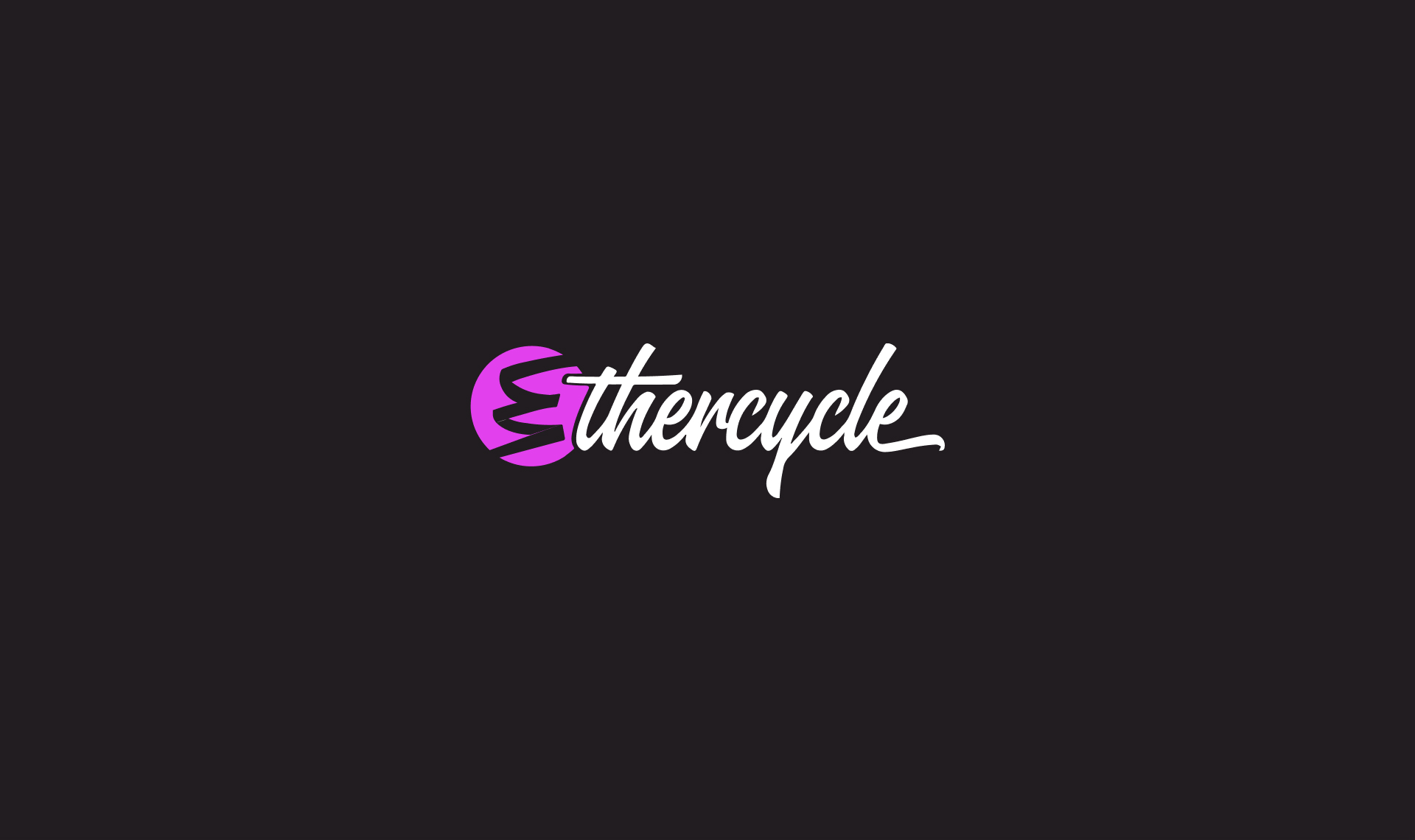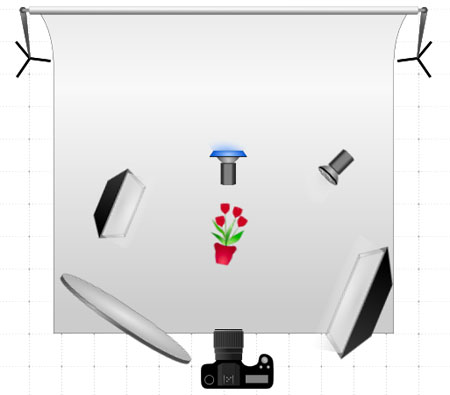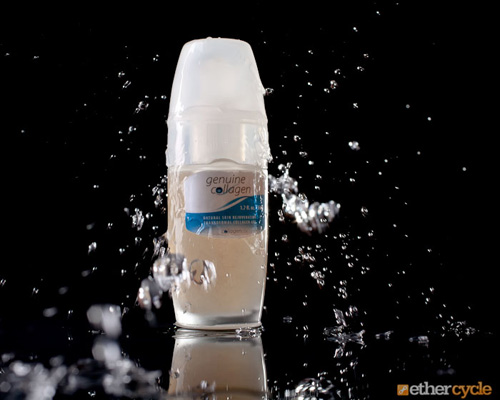As businesses realize the importance of SEO marketing, it's become increasingly difficult to rank a small business for their relevant niche keywords. Local SEO is a much less competitive (and therefore more realistic approach) for small businesses to make inroads in to search marketing.
A local business should start by optimizing its own website. Including their targeted city's name in the
page title is a strong indicator to Google that they're relevant to that city. The site's footer should include the local address and local (not toll free!) phone number. Not only does this let Google know that they're local, it's also convenient for their users.
Creating a Google Places page is critical. In many local searches, Google often shows the top ten businesses with Places pages before any of the search results. When creating a Google Places page, one must be careful to only include strictly relevant information as these listings are carefully moderated by Google.
Local directories are important to increasing a business's visibility in local search. These directories are not only geographically-sorted, they're also used by Google as a contributing factor to Google Places called
citations. We have a list of
ten local directories that we recommend every business consider submitting.
It's important to note that with any SEO effort, it can take up to six months before results can be measured. While SEO is an important part of driving sales, it is most successful when used as part of a diverse marketing mix.




















